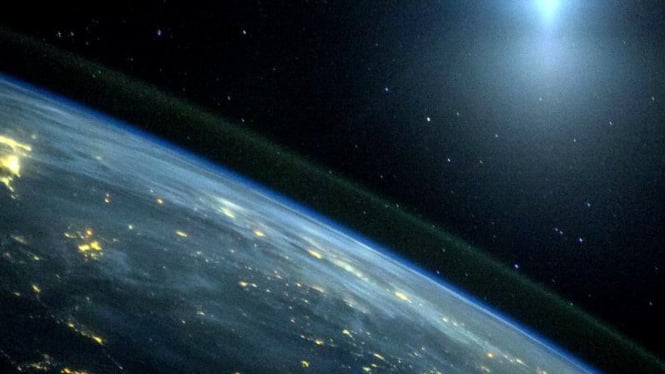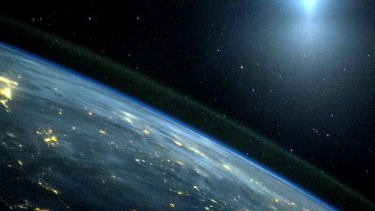- space.com
VIVA – The origin of life on Earth remains a mystery, but scientists have slowly managed to piece together the pieces of the genetic puzzle to learn more about how the first life on Earth lived, between 2.5 and 4 billion years ago.
Uniquely, scientists have claim that the first life on earth may have occurred underwater, where this life was protected from the sun's harmful ultraviolet rays.
As quoted from the Space website on Wednesday, August 3, 2022, scientist from the University of Wisconsin-Madison and the University of California, Riverside, Edward Schwieterman has used machine learning to trace the evolutionary development of a protein-based molecule called Rhodopsin back to some of the most ancient forms of microbial life known to exist. ever existed on Earth.
"It's like taking DNA from multiple grandchildren to reproduce the DNA of their grandparents," the astrobiologist Edward Schwieterman of the University of California Riverside explained.
The researchers also suspect that rhodopsin provided battery power for early life, converting light from the sun into energy.
Meanwhile on modern earth, rhodopsin can absorb blue, green, yellow and orange light which is also tangentially related to the light-absorbing rods and cones that the eye uses to see the world.
Schwieterman and his friends start this search by using machine learning to search for genes that control rhodopsin in the widest possible range of life on Earth, then identify the genes with the longest lineages.
Foto permukaan bumi diambil dari luar angkasa
- NASA
This analysis also shows that ancient rhodopsin was only able to absorb blue and green light. This diminished ability makes sense in scenarios where early life may have originated in the oceans.
Why is it like that? because blue and green light wavelengths penetrate deeper into water than other optical wavelengths, meaning being able to absorb these wavelengths to obtain energy will be very important.
The oceans were probably one of the few safe places for early life to form, as most of the planet's surface would be beyond the boundaries of life.
That's because Earth's early atmosphere lacked free oxygen, and therefore no ozone layer to protect it from the sun's harmful ultraviolet radiation.
Instead, life would be sheltered underground or deep in the oceans, where it would be shielded from damaging ultraviolet rays.
Rhodopsin actually began to evolve into its more modern form about 2 to 2.5 billion years ago, when Earth's atmosphere was suddenly flooded with oxygen produced by microscopic photosynthetic cyanobacteria in the so-called Great Oxidation Event.
It’s also known as the Oxygen Disaster because changes in the atmosphere resulted in the extinction of a large number of microbial species that did not breathe oxygen.
Furthermore, this flood of oxygen immediately creates an ozone layer that counteracts the sun's harmful ultraviolet radiation allowing microbes that can adapt to the new oxygen-rich conditions to leave the oceans and subterranean recesses, spreading more freely across the earth's surface.
Also, with more wavelengths of sunlight on offer than deep in the oceans, rhodopsin evolved to absorb it too.
"The Early Earth was an alien environment compared to our world today, understanding how organisms here have changed over time and in different environments will teach us important things about how to find and recognize life elsewhere." Schwieterman said.





















